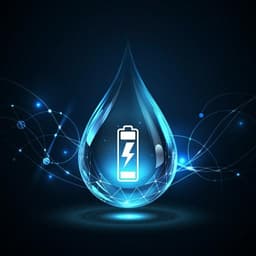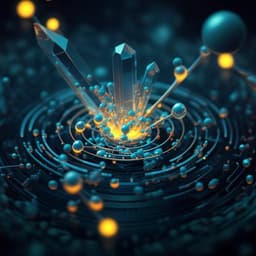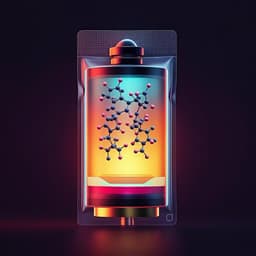
Engineering and Technology
A universal strategy towards high-energy aqueous multivalent-ion batteries
X. Tang, D. Zhou, et al.
This groundbreaking research by Xiao Tang and colleagues introduces aqueous multivalent-ion batteries featuring concentrated aqueous gel electrolytes, sulfur-containing anodes, and high-voltage metal oxide cathodes, achieving impressive energy storage solutions with safety and reversibility. A calcium-ion/sulfur|metal oxide full cell showcases a specific energy of 110 Wh kg⁻¹ and outstanding cycling stability.
~3 min • Beginner • English
Related Publications
Explore these studies to deepen your understanding of the subject.







